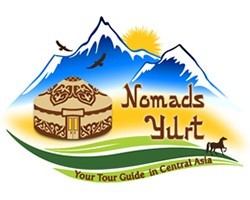Countries
Tashkent
Tashkent, the capital of Uzbekistan, means “Stone City”. One of the most ancient towns of the Silk Road, Tashkent was a beautiful city with a maze of narrow and winding allies, surrounded by the Ankhor Canal, which separated between the ancient quarter to the new one. But on the 25th of April 1966, wide areas of the city were destroyed in a great earthquake that has changed its character forever. Tashkent was rebuilt as a large, modern city, and is considered the most “Russian” city in Uzbekistan. Today, Tashkent’s museums display the city’s legacy.
Tashkent began about 2500 years ago as a small town called Ming Uruk , “Land of the Apricot Trees”. It was a trade center for shepherds and peasants. Through its history, Tashkent `was conquered in turn by the Chinese, Arabs, Seljuks, Iranians, Mongols, Uzbeks, Turks, Cossacks and Russians.
Most of the residents of Tashkent are Uzbeks, and a minority are Tajiks, Turkmens and Russians. The city prides itself on its water channels, beautiful avenues, squares, fountains and impressive buildings such as the Kukeldash Madrasah, Jama Masjid, and the Khast Imom Mosque. In addition, the city offers museums and several theaters, including the Russian drama theater and the Tashkent Philharmonic Hall. The most popular museums are the Art Museum and the Museum of Applied Arts. Tashkent has many public parks, among them the Amir Timur Park and Babur Park.
Tashkent is situated at the heart of the desert plains near the second most important oasis, the first one being Fergana. The area around Tashkent is irrigated by the Chirchiq river, and beyond the irrigated land lies the Red Desert, Kyzyl Kum, stretching to about 1000 km.
Places
לצערנו לא הצלחנו למצוא פוסטים מתאימים. אנא נסו חיפוש אחר.


